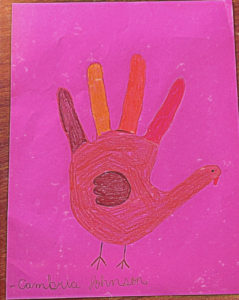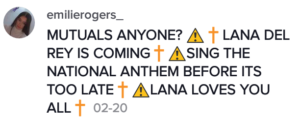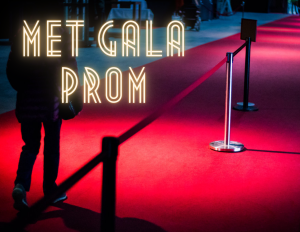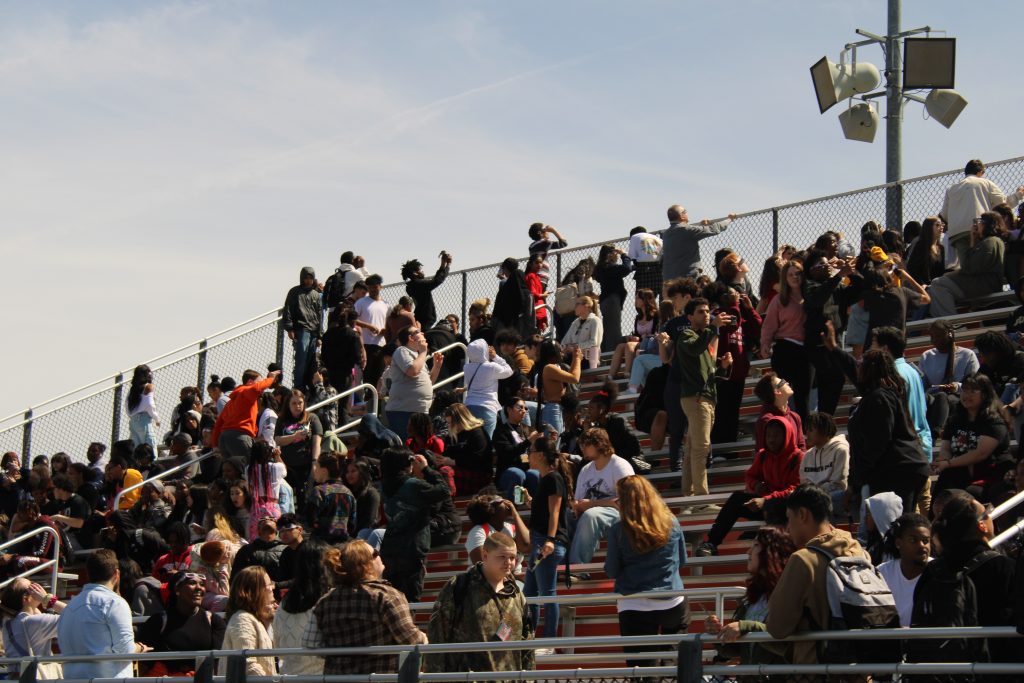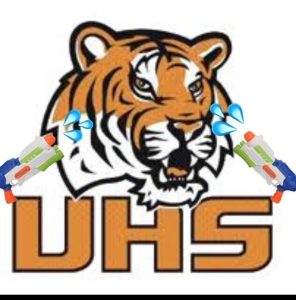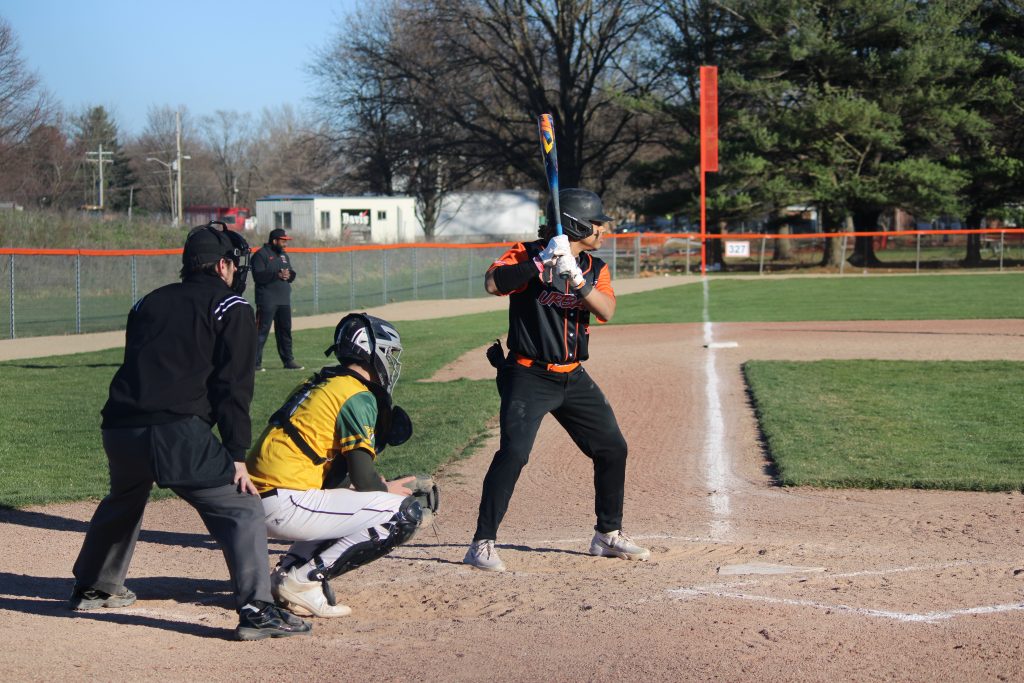How Many Journalists Does it Take to Make a Printed Publication?
While some of our printed editions are sponsored, our student opinions paper, which just came out this December, is funded entirely by the journalism program. In order to raise enough money to publish, fundraising takes place year round. Our financing committee begins hosting bake sales and contests, creating planners, and selling advertisements long before article topics are chosen and continues long after the paper has been published.
To be ready for our circulation date (the day you get the paper) in early December, articles had to be written in early November. Journalists have to pick topics that will still be relevant in a month and try to display their very best work. Then, after editors have aided journalists in editing and re-editing their articles, the journalist is finally finished. However, their article won’t be published for another two and a half weeks, instead of the normal one to three days.
Our three copyeditors: Ben Ross, Caitlin Elliott and Abigaelle Ngamboma, comb through every article for grammar mistakes. Once the article has been copyedited, it is sent to Principal Joe Wiemelt for approval. Normally, the article would then immediately be published to uhsecho.com; however, the printed paper takes more time because it has to be designed.
The Editor-in-Chief, Hannah Gottlieb-Graham, and the Junior Editor, which is myself, are in charge of designing the entire paper. We work on the paper’s design every day during our lunch hours, during journalism, and after school for a week. Gottlieb-Graham and I carefully select a few articles that interest a variety of students and are well written to be on the front page. The remaining articles are grouped together based on topic and length. Articles that have a similar theme are usually placed together; however, if two extremely “texty” articles are placed side-by-side, the newspaper begins to look like a textbook.
Helping decrease the “textiness” of the paper, our design and imaging committee takes a picture for almost every article and a few photographs are found online and cited. Each picture has to be placed so that it is clearly associated with the article it belongs to and so it doesn’t break up the article in a weird way.
My least favorite part of printed publications is having to make stories shorter. In a printed paper, we have a limited amount of space. If a story doesn’t fit into the design, Gottlieb-Graham and I have to cut parts of it out. Honestly, it makes me feel a little bit like the Grinch. Sure, the entire article gets published on our website, but students who only read the printed editions of the Echo will witness a version of the journalist’s writing that has had chunks sliced out of the middle. In my opinion, unlimited space is the number one “pro” of publishing online.
Finally, every column has to be the same width and height. The fonts have to be the same. Every journalist’s name has to be checked and double checked for spelling. The design has to be submitted to Wiemelt for another approval. The design is printed and examined again by a copyeditor for any last minute grammar changes.
At last, the design is exported and sent to the News-Gazette to be printed. The only thing left to do: distribute the paper to teachers the day before circulation and start writing new articles to publish online.




